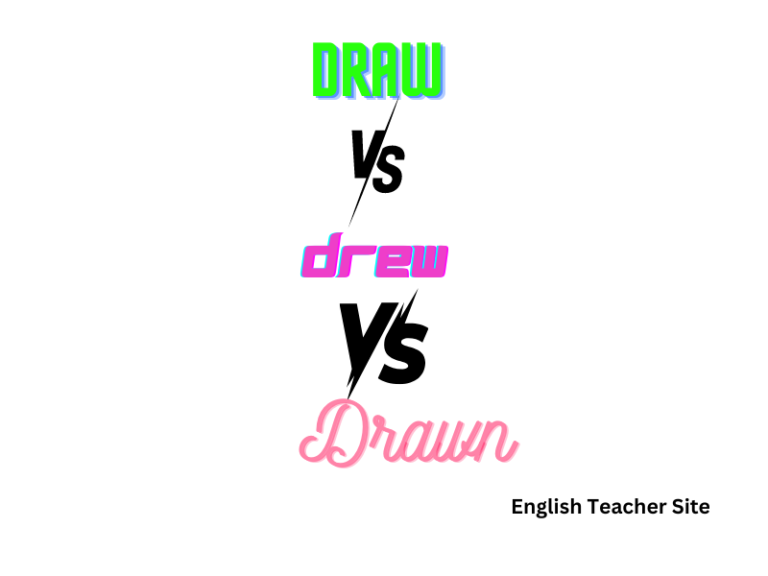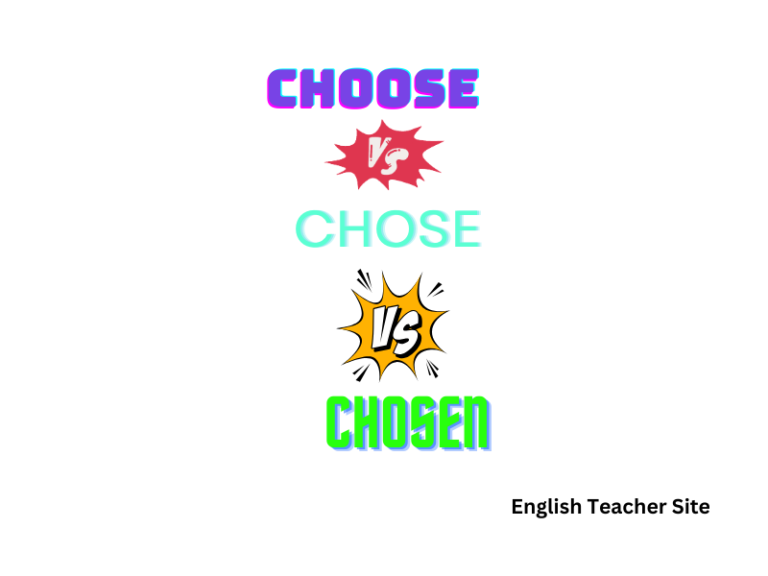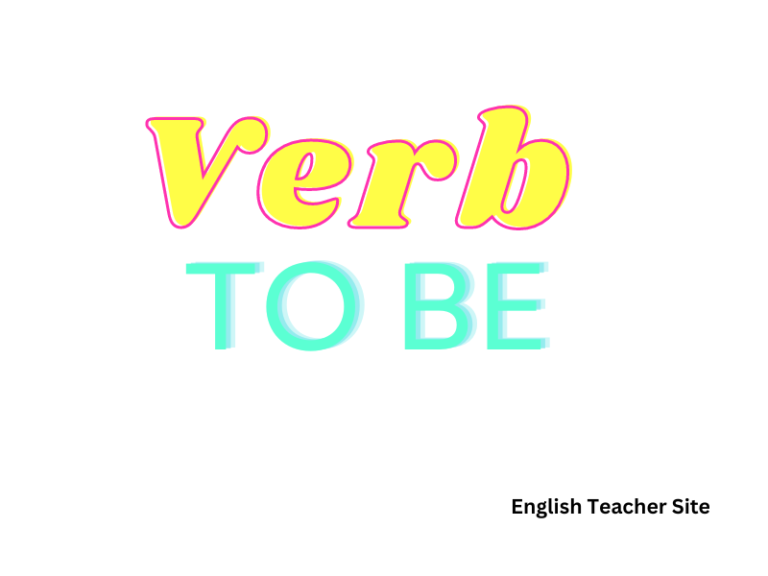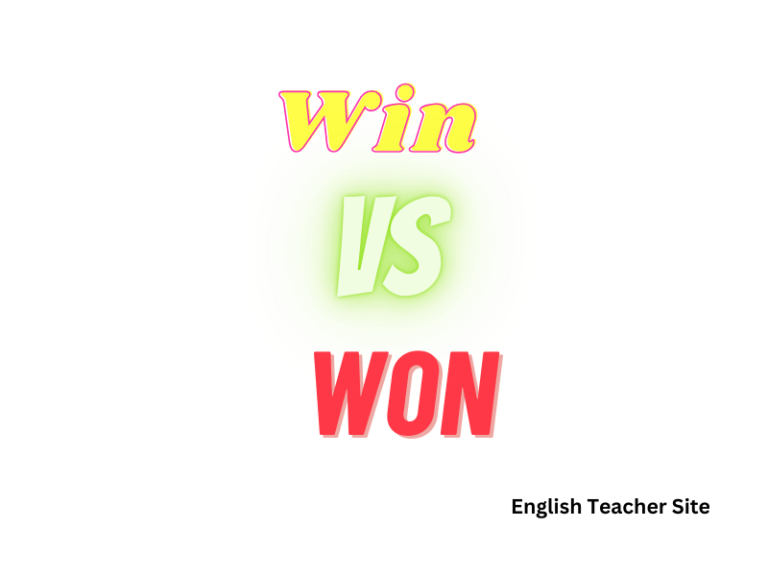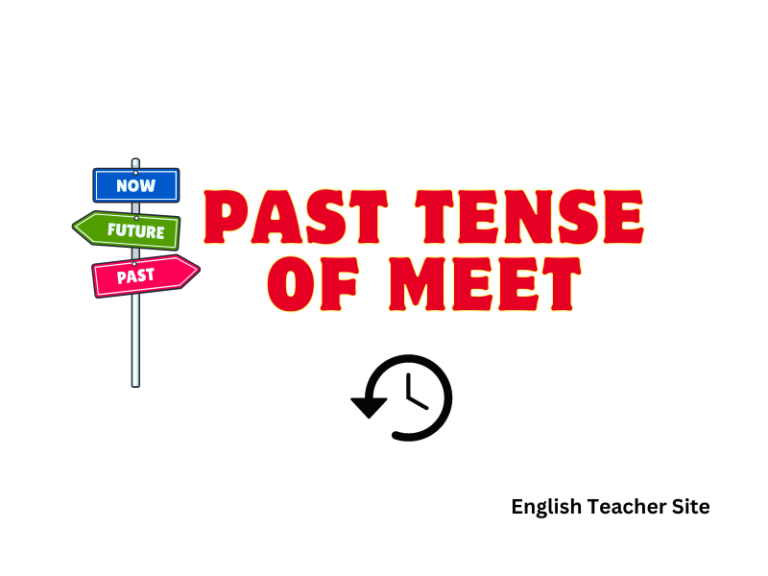To Shine: Is It Shined or Shone? Understanding Past Tense Variations
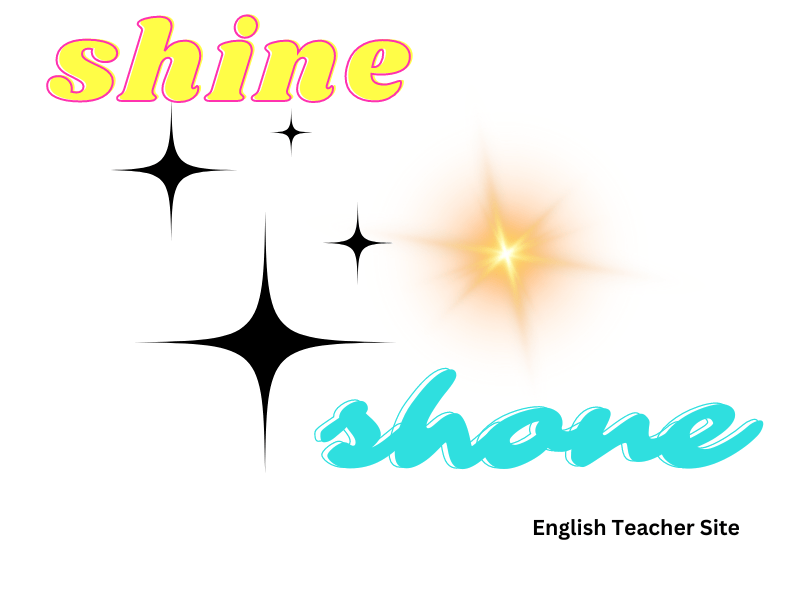
- “Shined” is typically used when the verb has an object, whereas “shone” is used without a direct object.
- The context and meaning of the verb “to shine” dictate the choice between “shined” and “shone.”
- These distinctions ensure clear and precise communication in English.
The verb “to shine” can take on different meanings depending on the context, altering which past tense form should be applied. “Shined” is generally used when the action is being performed on an object, often seen in sentences involving an act of polishing or giving luster. Conversely, “shone” is typically used when the action does not directly act upon an object, shining forth by itself.
Decoding Verb Tenses: Shine
The English language often presents verbs with more than one option for their past tense forms. When discussing the verb “shine,” two valid variations emerge—shined and shone.
Unraveling Past Tense: Shined or Shone?
Shined and shone represent the past tense variations of “shine,” but their usage is influenced by the verb’s role in the sentence. Here’s a breakdown of the contextual application:
| Transitive Usage (with an object) | Intransitive Usage (no object) |
|---|---|
| Shined | Shone |
| “He shined his flashlight on the map.” | “The moon shone brightly in the night sky.” |
- Shined applies when the action directly affects an object.
- Shone is used when there is no direct object, and the verb depicts an action or a state.
Understanding the Distinction
The distinction between shined and shone hinges on transitivity—whether the verb takes a direct object. Here is a guide to help remember which form to use:
| When to Use “Shined” | When to Use “Shone” |
|---|---|
| – With a direct object. | – Without a direct object. |
| – Depicts an act of polishing or causing to glow. | – Describes inherent luminescence or the act of glowing itself. |
Using these forms correctly:
- Transitive: “She shined her shoes until they gleamed.”
- Intransitive: “The stars shone with a steady light.”
In essence, determining whether “shined” or “shone” is appropriate depends on the presence of a direct object and the action conveyed. Mastery of these nuances enhances precision in communication.
Defining “Shine” and Navigating Usage: Shined vs. Shone
The verb “shine” has two past tense forms, “shined” and “shone,” each with specific contexts for proper use.
Grasping the Meaning and Appropriate Context
Shine is a versatile verb that pertains to emitting light or making an object lustrous. Depending on whether “shine” is used transitively (with an object) or intransitively (without an object), it determines whether “shined” or “shone” is the correct past tense form.
Transitive Use: When Shine Has an Object
- Shined: This form is used when the verb has a direct object.
- Example: The janitor shined the floors every evening.
| Subject | Action | Object |
|---|---|---|
| The janitor | shined | the floors |
| She | shined | her shoes |
| The jeweler | shined | the diamond |
Intransitive Use: When Shine Stands Alone
- Shone: This form is often appropriate when the verb is not followed by a direct object.
- Example: The moon shone brightly throughout the night.
| Subject | Action | Context |
|---|---|---|
| The moon | shone | throughout the night |
| His talent | shone | in the competition |
| The stars | shone | in the clear night sky |
Common Misconceptions
- It is inaccurate to believe that “shined” and “shone” are always interchangeable; their usage is context-dependant.
- Another misconception is that “shone” is merely a variant of “shined” for poetic or archaic contexts, which is not solely the case.
Usage Examples in Bullet Points
- To polish or brighten: He shined his flashlight in the dark alley.
- Yielding light without a direct object: That night, the stars shone with exceptional brilliance.
By strictly adhering to these guidelines, one can confidently determine whether to use “shined” or “shone” when conveying past activities related to shining or polishing.
Differentiating Past Participle vs. Past Tense of Shine
The English language often presents verbs with more than one form for their past tenses and past participles. The verb shine has two such forms: shined and shone.
Exploring the Variances
When delving into the verb shine, it’s important to distinguish between its use as a transitive or an intransitive verb, as this determines the proper past tense and past participle selection. Below are tables outlining the usage of shined and shone in different contexts.
Table 1: Transitive Usage (when the verb has a direct object)
| Tense | Example Sentence | Explanation |
|---|---|---|
| Past | He shined his shoes. | Shined is used with an object |
| Past Participle | He has shined his shoes often. | Shined remains consistent in the participle form with an object |
Table 2: Intransitive Usage (when the verb does not have a direct object)
| Tense | Example Sentence | Explanation |
|---|---|---|
| Past | The moon shone brightly. | Shone is used without an object |
| Past Participle | Light from the moon has often shone. | Shone remains consistent even in the participle form |
When shine is used to describe an object emitting light or being reflective, without the action being performed on an object, shone is typically the correct choice. For instance:
- The stars shone in the night sky.
- The polished silver has shone since it was cleaned.
In contrast, when shine is part of a clearly identifiable action directed at an object, shined is appropriate. Consider these examples:
- They shined the flashlight on the path.
- The caretaker has shined the floors for the event.
Using bullet points, let’s summarize the key distinctions:
- Use shined:
- As the past tense when the action of shining is directed at an object.
- In the past participle form in a similar transitive context.
- Use shone:
- As the past tense when the subject itself is emitting light.
- In the past participle form in a similar intransitive context.
Remember, while these guidelines can assist in most instances, some dialects and stylistic preferences may accept either form in either context. This advice hinges on conventional standards of grammar.
Illustrative Examples: Simple Present Tense Verb, Shine
This section provides clear examples of how “shine” is used in the simple present tense, which denotes a habitual or regular action, a general truth, or a state in the present.
Regular Uses in Sentences:
- The sun shines brightly during the summer months.
- He shines his shoes every Sunday for the upcoming week.
- In the classroom, the overhead light shines into my eyes.
The following tables exhibit the conjugation of “shine” in simple present tense singular and plural forms:
Singular Conjugation:
| Person | Conjugation |
|---|---|
| First Person | I shine |
| Second Person | You shine |
| Third Person | He/She/It shines |
Plural Conjugation:
| Person | Conjugation |
|---|---|
| First Person | We shine |
| Second Person | You shine |
| Third Person | They shine |
- Singular subjects (I, you, he, she, it) are accompanied by the base form “shine” except in third person where an “s” is added, resulting in “shines.”
- Plural subjects (we, you, they) always use the base form “shine.”
Here are additional examples to demonstrate the verb “shine” in sentences:
- Bulbs of different wattage shine with varying intensities.
- She shines her flashlight to signal for help.
- During the concert, the stage lights shine directly on the performer.
Remember, the simple present tense reflects an action or state that is currently true or regularly occurs, and is not to be confused with the past forms “shined” or “shone.”
Examples of Shine in Simple Past Tense: Shone/Shined
The simple past tense of “shine” presents two forms: “shined” and “shone.” The usage of these forms depends on whether the verb is used transitively or intransitively. A transitive verb has a direct object, whereas an intransitive verb does not. When “shine” is used to denote that the subject is emitting light, it often takes the form “shone.” Conversely, “shined” usually implies that the subject is directing light onto an object, or polishing something to make it shiny.
When “Shine” is Intransitive
| Subject | Verb |
|---|---|
| The stars | shone |
| The moon | shone |
Examples:
- Last night, the stars shone brilliantly in the clear sky.
- After the storm had passed, the moon shone through the parted clouds.
When “Shine” is Transitive
| Direct Object | Verb |
|---|---|
| shoes | shined |
| flashlight | shined |
Examples:
- She meticulously shined her shoes before the interview.
- He shined his flashlight on the path to reveal obstacles.
Usage Tips
- For actions involving reflection or emission of light without an object, use “shone”: “At dusk, the lighthouse shone over the waves.”
- When an object is being acted upon, leading to it becoming shiny, pick “shined”: “They shined silverware for the grand event.”
Common Occurrences
- “Shone” is more common in British English, while both forms are used in American English with “shined” being slightly more prevalent when an object is involved.
- Consider the context for stylistic choices, as some writers may prefer “shone” for its traditional sound.
Examples of the Participle “Shined/Shone”
The forms “shined” and “shone” are both used as past participles, but their application depends on context. This section aims to provide clear examples to distinguish when to use each form.
“Shined” is typically used when the verb is transitive—meaning it’s acting upon an object. For example:
- She shined the flashlight on the path.
- The butler had shined the silverware until it sparkled.
In contrast, “shone” is generally used when the verb is intransitive, so there’s no direct object receiving the action. Such as:
- The sun shone brightly after the storm.
- The moon shone over the tranquil sea.
| Transitive Use (Shined) | Intransitive Use (Shone) |
|---|---|
| He shined his shoes for the interview. | The stars shone with a faint glow. |
| The jeweler shined the gemstone. | The candlelight shone through the window. |
Using bullet points, the following examples further elucidate the difference:
- Shined:
- She shined a light onto the canvas, revealing the hidden inscription.
- The cleaner shined all the surfaces in the room.
- Shone:
- His talent for comedy really shone in the school play.
- The full moon shone throughout the night, illuminating the fields below.
Remember, although both “shined” and “shone” are correct past participle forms of “to shine,” the key to using them correctly is to recognize the structure—whether the verb is being used transitively or intransitively. As shown in the examples and tables above, this distinction will guide which form to use in a sentence.
Tracing the Origin of the Verb “Shine”
The verb “shine” has its etymological roots in the Old English verb “scīnan,” which meant to “shed light” or “be bright.” This term has a lineage tracing back to the Proto-Germanic “*skinan,” a verb which held a similar meaning. Over the centuries, “shine” evolved in Middle English to become “shinen,” a term more recognizable to modern speakers.
The transition of “shine” through historical forms of English also mirrors the broadening of its application. Initially used to describe the literal act of emitting light, “shine” has since taken on additional, figurative meanings, further enriching its place in the English lexicon.
Below are tables reflecting the original and modern meanings of “shine”:
| Original Meaning (Old English) | Modern Meaning (Present Day) |
|---|---|
| To emit light | To be outstanding or excellent in performance |
| Proto-Germanic Origin | Middle English Transition | Contemporary Use |
|---|---|---|
| *skinan | shinen | shine |
Linguistics experts often highlight the way “shine” performs syntactically in a sentence, which adds to the historical complexity of the word. The verb can function both as an intransitive verb (without a direct object) and as a transitive verb (with a direct object), and this versatility is paralleled in the past tense forms, “shone” and “shined.”
- Intransitive: The sun shone in the sky.
- Transitive: She shined the flashlight into the dark room.
The choice between “shone” and “shined” can depend on regional preferences as well as syntactic structure. In British English, “shone” is often the preferred past tense form, particularly when used intransitively, while “shined” is frequently chosen in American English when the verb has a direct object.
Through its historical journey, “shine” remains a vibrant and adaptable verb within the English language, illuminating both its rich past and its enduring presence in contemporary discourse.
Source
Harper, Douglas. “Etymology of shine.” Online Etymology Dictionary, https://www.etymonline.com/word/shine
My name is Khamis Maiouf. I am the creator of the English Teacher Site, dedicated to providing valuable resources and insights for students around the world. With a passion for education and a commitment to helping students enhance their skills, I aim to make English teaching more effective and enjoyable for both educators and students.

